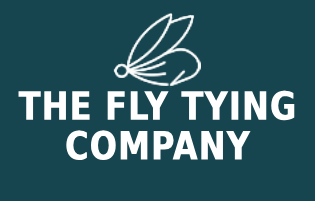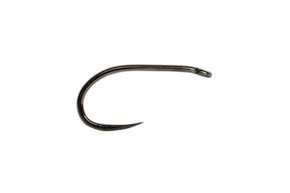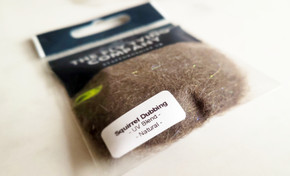Origin and History
The Humpy is a classic high-floating dry fly that originated in the American West during the mid-20th century. Believed to have evolved from the Goofus Bug, it was designed for rough, fast-moving rivers where visibility and buoyancy are critical. Its bulky profile, deer hair body, and resilient construction make it a go-to searching pattern, often taken by trout as a mayfly, caddis, or terrestrial. Although American in origin, the Humpy has found a place in UK stillwaters and freestone rivers, especially when larger, more buoyant dries are needed.
Materials
- Hook: Dry fly hook, sizes 10–16
- Thread: Black, red, or yellow 8/0
- Body: Deer hair, coloured floss, or dubbing
- Hackle: Grizzly or brown cock hackle
- Tail: Deer hair or moose fibres
- Optional: Coloured floss underbody for red/yellow/green Humpy variations
Popular Variations
- Royal Humpy – red floss band and peacock herl for extra attraction
- Yellow Humpy – bright yellow floss for increased visibility
- Green Humpy – matches summer terrestrials
- Double Humpy – extra deer hair for extreme buoyancy
- Foam Humpy – modern twist for added floatation
Step-by-Step Tying Guide
- Fix the hook securely and start your thread at the eye, winding back to the bend.
- Tie in a small bunch of deer hair or moose fibres as the tail, extending about the hook length.
- Prepare a bunch of deer hair and tie it down firmly on top of the hook shank to form the hump (body and wing base).
- Divide the deer hair forward, securing the tips to form a wing standing upright.
- Build a smooth underbody with thread or floss, depending on the desired variation.
- Fold the remaining deer hair back over the underbody to create the humped body profile, securing it at the thorax.
- Tie in and wrap the hackle behind and in front of the wing to create buoyancy and a balanced profile.
- Whip finish and apply a drop of varnish to the thread head.
Seasonality & Representation
The Humpy is an all-round searching dry fly, most effective from late spring to autumn. It represents nothing specific but can be mistaken for mayflies, caddisflies, or terrestrials such as beetles and hoppers. Its buoyancy makes it excellent in rough water or when fishing fast runs and riffles.
Tackle and Setup
- Rod: 8–9ft, 4–6wt
- Line: Floating line
- Leader: 9–12ft tapered, 4–6X tippet
- Setup: Fish singly as a searching pattern, or as part of a dry-dropper rig
Summary Table
| Aspect | Details |
|---|---|
| Origin | USA, mid-20th century |
| Best Seasons | Late Spring – Autumn |
| Represents | Attractor fly; mayflies, caddis, terrestrials |
| Hook Sizes | 10–16 |
| Tackle Setup | 8–9ft rod, floating line, 9–12ft leader |












